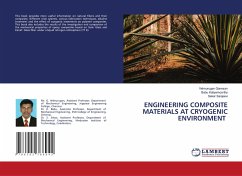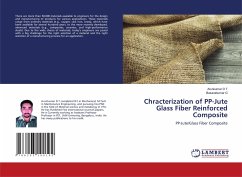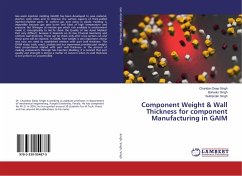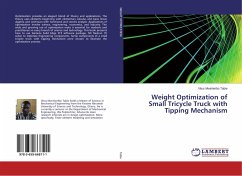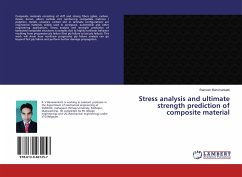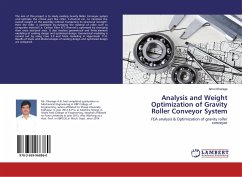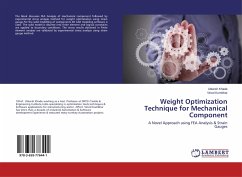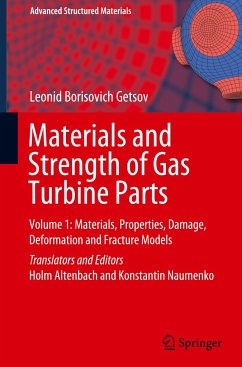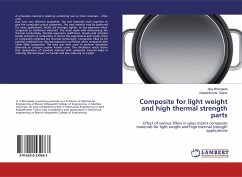
Composite for light weight and high thermal strength parts
Effect of various fillers in glass matrix composite materials for light weight and high thermal strength applications
Versandkostenfrei!
Versandfertig in 6-10 Tagen
27,99 €
inkl. MwSt.

PAYBACK Punkte
14 °P sammeln!
A composite material is made by combining two or more materials - often onesthat have very different properties. The two materials work together to give the composite unique properties. The new material may be preferred for many applications, which are stronger, lighter, or less expensive when compared to traditional materials. The book deals with determining the thermal conductivity, thermal expansion coefficient, density and Ultimate tensile strength of composites. It shows the experiments and results show of composites exhibited low thermal conductivity. Composites filled by SiC particles e...
A composite material is made by combining two or more materials - often onesthat have very different properties. The two materials work together to give the composite unique properties. The new material may be preferred for many applications, which are stronger, lighter, or less expensive when compared to traditional materials. The book deals with determining the thermal conductivity, thermal expansion coefficient, density and Ultimate tensile strength of composites. It shows the experiments and results show of composites exhibited low thermal conductivity. Composites filled by SiC particles exhibited low thermal expansion coefficient when compared with other filled composites. The data was then used to perform simulation (thermal) on pressure cooker handle cover. The simulation result shows that replacement of standard material with composite material helps in reducing thermal impact on handle and also reducing its weight.




